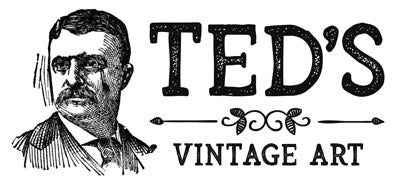Romania Maps
Romania is a country located between central, eastern, and southeastern Europe. It is bordered by Bulgaria, Ukraine, Hungary, Serbia, and Meldova. The total area of the country is 238,397 square kilometers, or 92,046 square miles, making it the 81st largest country in the world and the 12th largest country in Europe. Romania is home to a population of around 19 million, and is the sixth most populated country in Europe, and the 61st most populated country in the world. The country’s government is a multi-party democratic system. The current president is Laus Iohannis, and the current prime minister is Nicolae Ciucă.
The center of Romania is dominated by mountains, as there are over fourteen different ranges that reach over 2,000 meters, or 6,000 feet. The highest point in the country is Moldoveanu Peak, which stands at an altitude of 2,544 meters, or 8,346 feet. Plateaus and plains surround these mountain ranges. The country is home to over six ecoregions, and natural ecosystems cover around 47% of the land. The Danube River, located in Romania, is the second largest river in Europe, and helps set the border between Romania, Serbia, and Bulgaria.Within Romania, there are around 33,792 species of animals, with 33,085 invertebrates and 707 vertebrates. 50% of Europe’s brown bear population can be found within Romania (excluding Russia’s population), as well as 20% of the wolf population. 3,700 species of plants have been identified within the country, with 23 of these species being declared natural monuments. The country is home to one of the largest areas of undisturbed forests in all of Europe, with forests covering around 27% of the country’s territory. There are around 10,000 square kilometers, or 3,900 miles worth of protected land, including national parks and biosphere reserves.
According to the World Bank, Romania is a high-income economy. The primary exports of Romania are cars, software, clothing and textiles, industrial machinery, electrical and electronic equipment, metallurgic products, raw materials, military equipment, as well as agricultural products. A great majority of its exports are primarily focused on machines and electric energy. The country ranks 52nd in terms of electrical energy consumption. Tourism has been rising continuously within the country, as the sector generates around 5% of the GDP. In 2016, 9.33 million tourists visited the country. 25.8% of the Romanian workforce is currently employed in the agricultural sector, which makes this one of the largest agricultural sectors in all of Europe.
The population of Romania is currently around 19 million people, however like other modernized and developed countries, the population is expected to decline due to fertility rates and negative net migration. As of 2018, the TFR was estimated to be 1.36 children per woman, which makes this one of the lowest rates in the world. The birth rate is around 9.49%, while the mortality rate is around 11.84%, which results in a decreasing population, as well as a relatively older population, as 16.8% of the population is 65 years old or older.

Real Stories From Past Customers
From The Vintage Map Blog
Inside the Omaha Beach Invasion Map: A Cartographic Look at D-Day
Discover the untold story hidden within one of the most important maps of World War II. This rare Omaha Beach...
Explore Cape Cod's History Through 12 Stunning Vintage Maps
Step back in time with 12 beautiful vintage Cape Cod maps. Discover detailed historic prints perfect for beach houses, galleries,...
Vintage Map Gallery Walls: A Perfect Decor Idea for Farmhouse & Country Homes
A vintage map gallery wall is the perfect way to blend history, personal memories, and timeless decor. Ideal for farmhouse...





















